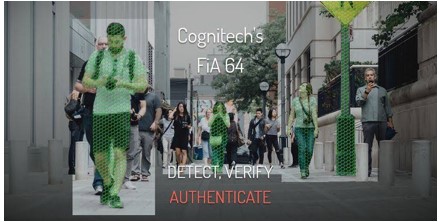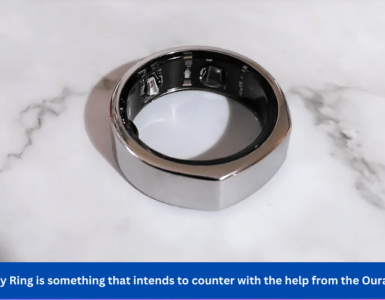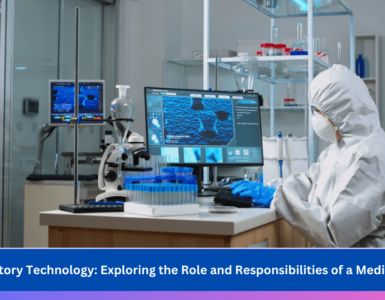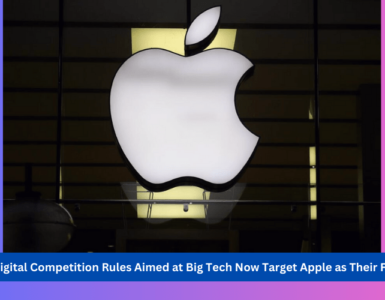In reality, forensic video analysis is broad and complex, and there are many steps that are frequently skipped and infrequently taken into account. This is similar to computer forensics, which involves more than just copying and looking at files. If we consider all the tasks involved in analysis, it might be pretty intimidating.
Knowing all the potential procedures required for a truly thorough analysis is crucial for forensic video analysts. By doing so, you can maintain organization and reduce the likelihood that you’ll skip or forget stages.
Additionally, you have an outline that will act as the framework for your presentation if you do need to appear in court.
It’s crucial to keep in mind that viewing and editing videos aren’t only the beginning and end of a digital video analyst’s duties. That is not how it works. You must first locate the data, properly decode it, document the procedure, compare it to other data, and finally appear in court.
Preparatory Steps in Forensic Image and Video Analysis


Phase 1 – Get the bits, retrieve the info!
The integrity of the evidence depends on the success of this phase, which can be quite difficult.
Unfortunately, a skilled analyst or those who are aware of the significance of exercising caution when retrieving data rarely take this step. Most of the time, a patrol officer who arrives on the scene first gathers the original evidence. Often, a low-res copy of the original is output to a disk or thumb drive, and the original DVR is left to be replaced with the footage from the following day. This occurs far too frequently and has a negative impact on everyone.
Phase 2 – What are these bits; decoding the data?
You must extract something to examine from the bits now that you have them. Given that you have the necessary codecs, it is not a major deal if you have some plain video files. This may prove difficult given the large number of proprietary video files that are available. You must be aware of what you are looking at before choosing your strategy. The difficulties you might encounter are often described in this step.
Phase 3 – the location of the data’s origin: where do these bits come from?
You might need to know how the original files were created, depending on the circumstances. You can learn a lot about a case by understanding the source and the file format. Some assessments that might be performed include:
● Determine the source’s nature (camera, digitized image, computer-generated, etc.).
● Identify the type of camera that was used to take the photo.
● Determine the precise camera used to take the photo.
Phase 4 – Check the data’s integrity to see if the bits have been tampered with.
You may now want to know if you can believe the information you have gathered. Is there a chance that it was changed by someone? This is possible on a number of levels:
● Check to see if the content has been altered, often by changing the metadata.
● Check to see if the file has been altered, such as by changing the format, scaling, or cropping it.
● Check to see if the content has been changed, such as by adding or deleting a subject.
Phase 5 – Determine the data’s quality by calculating the number of bits present
You can already make out certain details in the image, however you must decide if they are sufficient for your needs. Were you capable of reading a car’s license plate, for instance, if you see one? Do you have adequate pixels on your face to be recognized when it comes to your face?
● Does the video effectively include the data you require (for example, is there enough resolution to see the license plate)?
● If not, are there any forensic video enhancement or video restoration procedures that could help you retrieve the data or display it more clearly?
● What are the video’s specific flaws? Can they be found again?






